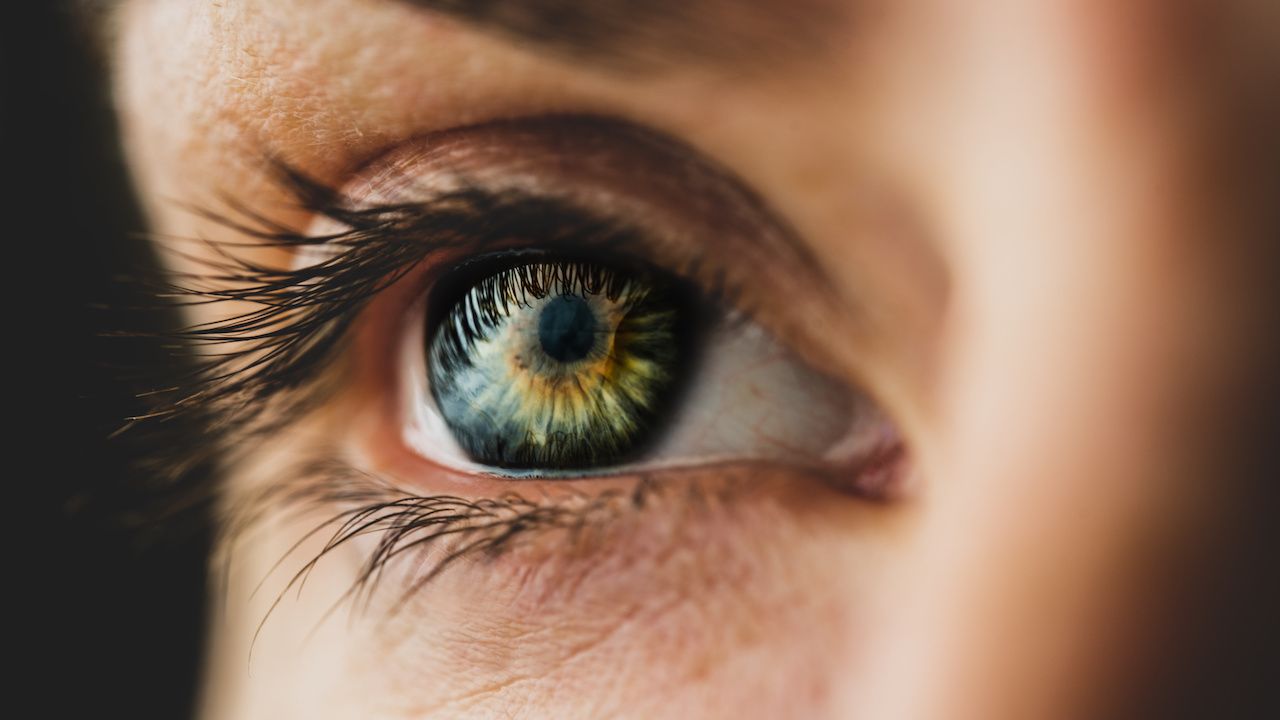News
Article
5 Things About Diabetic Eye Disease
Author(s):
Key Takeaways
- Continuous glucose monitoring (CGM) is associated with reduced risk of diabetic retinopathy and proliferative diabetic retinopathy in type 1 diabetes patients.
- Language barriers and limited health literacy contribute to delayed diagnosis and poorer outcomes in diabetic eye disease, particularly in underserved communities.
November is Diabetic Eye Disease Awareness Month. Diabetes is the leading cause of preventable blindness in the US. Here is a look at recent research related to diabetic eye diseases.
The prevalence of eye disease due to diabetes is high in the United States, and diabetic retinopathy is the leading cause of blindness in working-age adults.1 In addition, diabetes it eh leading cause of preventable blindness in the US.2
With November being Diabetic Eye Disease Awareness Month, here is a look at ways to reduce the risk of diabetic eye diseases, the burdens of a prognosis, and the latest ways technology is helping.
Diabetes is the leading cause of preventable blindness in the US.
Image credit: Artem Markin - stock.adobe.com

1. Continuous Glucose Monitoring (CGM) Could Have a Preventive Role
Patients who use CGM to manage type 1 diabetes had a lower risk of vision-related complications.3 Research found the use of CGM was associated with lower odds of developing diabetic retinopathy (DR) and proliferative DR. Other research noted that CGM metrics, such as time in range, can be used to assess the risk of DR for adults with type 1 diabetes.4 Patients who were diagnosed with DR had a higher time above range.
2. Equity Issues at Play
Patients with a limited English proficiency were more likely to have DR when they presented for cataract surgery than patients who were proficient in English, according to research from 2023.5 Language disparities can affect health. Patients with limited English proficiency are less likely to attend their primary care visits, have routine vaccines, and get their health screenings. In addition, they have less access to medical appointments and poorer comprehension during health encounters.
James M. Coney, MD, FACs, of Retina Associates of Cleveland, explained that in the case of diabetic macular edema, there are several barriers that limit patients from being diagnosed early. Health literacy is important to make sure patients are coming in often enough to be diagnosed, but underserved communities are often diagnosed with more advanced disease. With a more advance disease, the prognosis tends not to be as good and overall care of the eyes can take longer before the patient is stable, which puts a larger burden of therapy on the patient, he said.
3. Teleretinal Screening Can Be Effective
For DR, teleretinal screening can be an accurate tool for diagnosis,6 which can help remove 1 barrier for getting patients diagnosed sooner. Traditional, office-based, face-to-face examinations can be a challenge in regions with limited access to specialists. However, teleretinal screening has a high accuracy for detecting any DR with high sensitivity.
Jose A. Martinez, MD, president and retina specialist at Austin Retina Associates, explained that teleretinal programs “have been accepted by the American Academy of Ophthalmology as legitimate ways to screen patients.” His practice has 20 fundus cameras in primary care offices in central Texas to screen patients there and send anyone with significant diabetic eye disease to a retina specialist.
4. Treatment Adherence Is Crucial
Even when patients’ disease is stable, they need to be followed closely, Coney explained further. He also ensures to manage expectations on treatment, because caring for diabetic eye disease is not a “1-shot-and-done scenario,” he said.
For patients who live an hour from the clinic, adherence to treatment is hard to maintain. After patients receive an injection, they may be dealing with irritation for 12 to 24 hours, which can impact them if they are working. They need to see a doctor every 4 to 6 weeks. These things can be difficult for patients who cannot take time off work so frequently.
“All of our studies show that the most important time in terms of diabetes is the first 6 months to a year. After year 2, year 3, although these individuals still require follow-up, they may not need it as intensively,” Coney said. “I think this has to do with the fact that if we catch the disease early, not only can we treat their diabetic macular edema, but we can also control the disease process. Over time, they will require less therapy.”
5. The Complicated Link With GLP-1s
Increasingly, patients are taking glucagon-like peptide 1 receptor agonists for diabetes or weight loss. Some research has found higher rates or worsening of retinopathy, but subsequent studies also found many of those patients had pre-existing retinopathy at the time of the study, explained Ehsan Rahimy, MD, adjunct clinical assistant professor, ophthalmology, Stanford Medicine, at this year’s annual meeting of the American Academy of Ophthalmology.
Other research has found no worsening of diabetic retinopathy for patients on semaglutide.7 The time-to-first DR worsening was similar between groups of patients taking GLP-1s and sodium-glucose cotransporter-2 receptor agonists.
References
1. Bonavitacola J. Prevalence of eye disease related to diabetes remains high in United States. AJMC®. June 26, 2023. Accessed November 25, 2024. https://www.ajmc.com/view/prevalence-of-eye-disease-related-to-diabetes-remains-high-in-united-states
2. November is Diabetic Eye Disease Awareness Month. UNC School of Medicine Ophthalmology. October 31, 2022. Accessed November 25, 2024. https://www.med.unc.edu/ophth/2022/10/nov-diabetes-awareness-month/
3. Liu TY, Shpigel J, Khan F, et al. Use of diabetes technologies and retinopathy in adults with type 1 diabetes. JAMA Netw Open. 2024;7(3):e240728. doi:10.1001/jamanetworkopen.2024.0728
4. Shah VN, Kanapka LG, Akturk HK, et al. Time in range is associated with incident diabetic retinopathy in adults with type 1 diabetes: a longitudinal study. Diabetes Technol Ther. 2024;26(4):246-251. doi:10.1089/dia.2023.0486
5. Gill ZS, Marin AI, Caldwell AS, et al. Limited English proficiency is associated with diabetic retinopathy in patients presenting for cataract surgery. Transl Vis Sci Technol. 2023;12(10):4. doi:10.1167/tvst.12.10.4
6. Mehraban Far P, Tai F, Ogunbameru A, et al. Diagnostic accuracy of teleretinal screening for detection of diabetic retinopathy and age-related macular degeneration: a systematic review and meta-analysis. BMJ Open Ophthalmol. Published online February 10, 2022. doi:10.1136/bmjophth-2021-000915
7. Joo JH, Sharma N, Shaia J, et al. The effect of glucagon-like peptide-1 receptor agonists on diabetic retinopathy at a tertiary care center. Ophthalmol Sci. 2024;4(6):100547. doi:10.1016/j.xops.2024.100547





